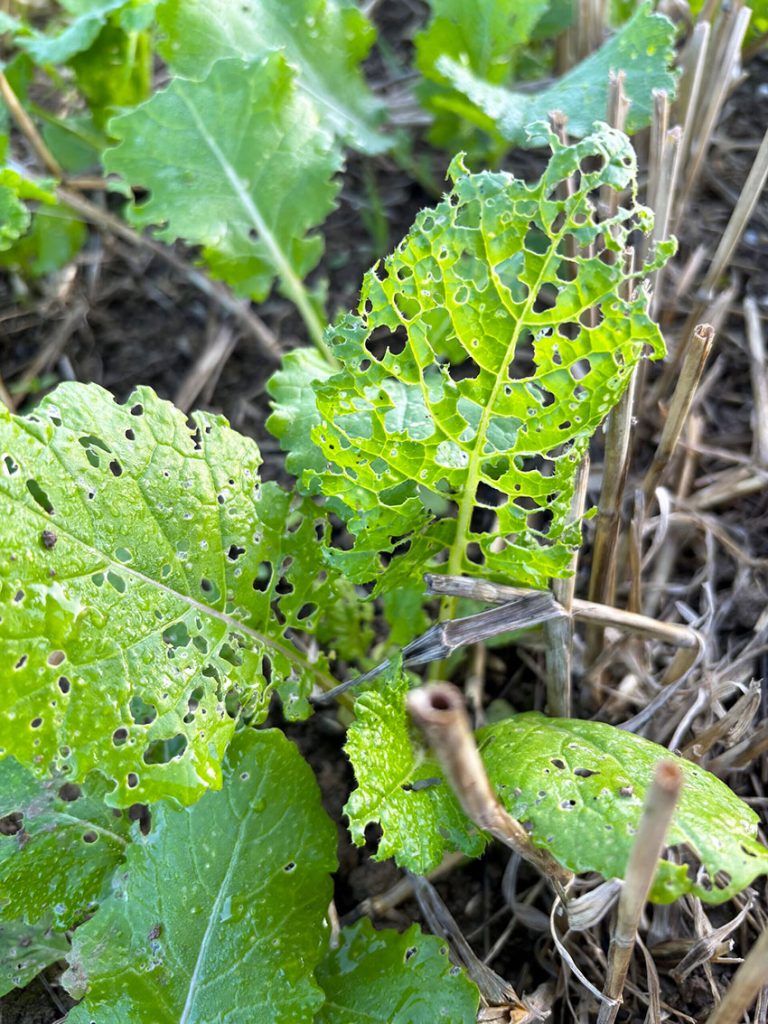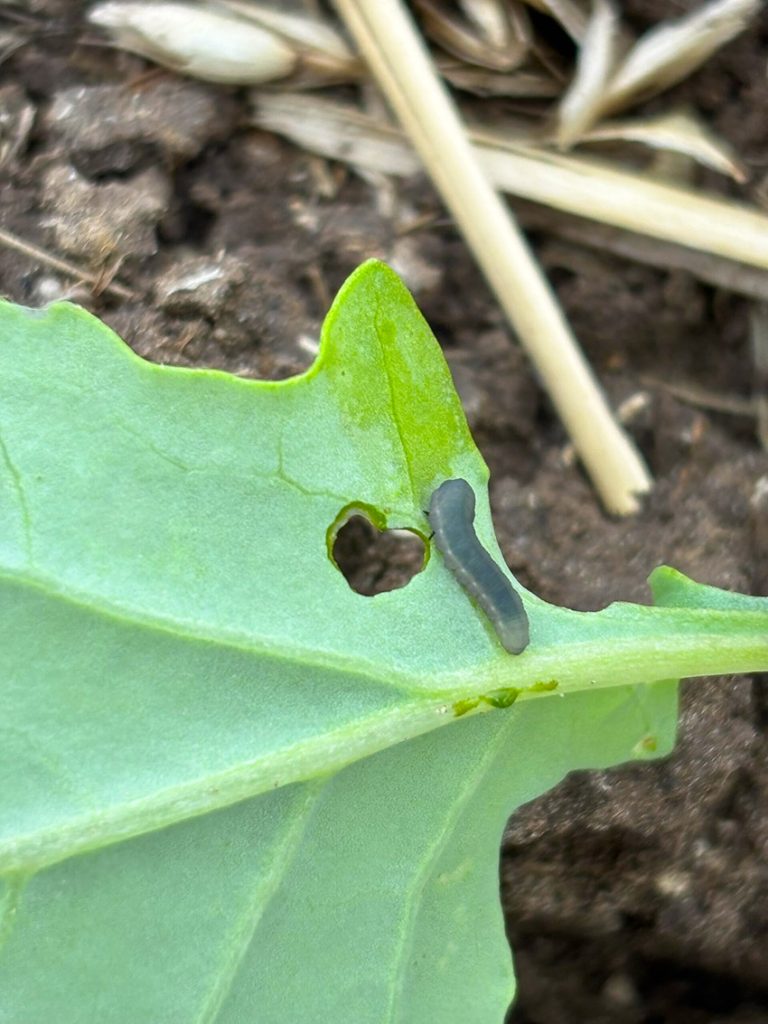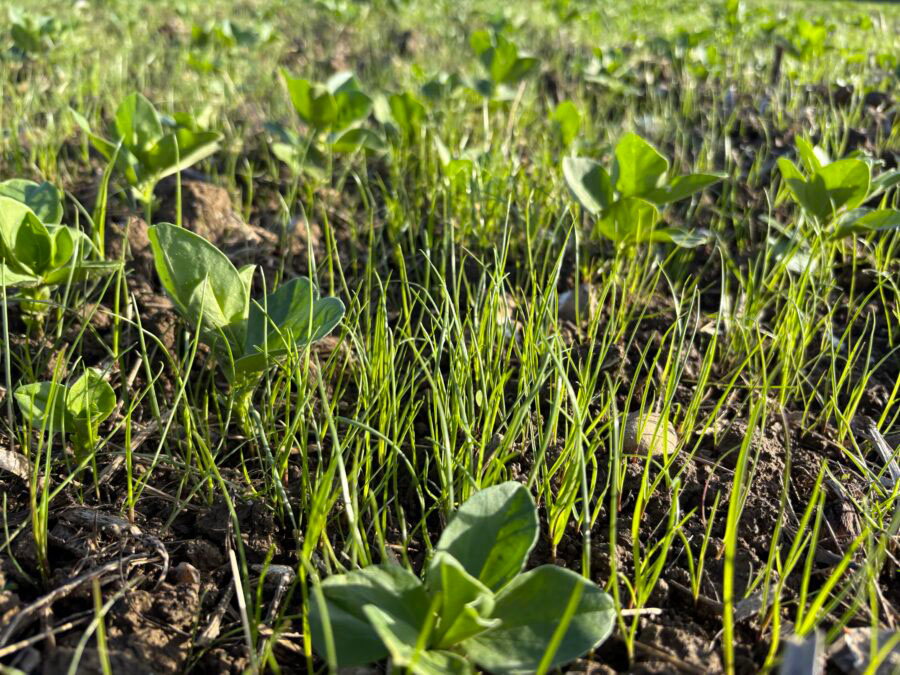With the distinct lack of rainfall during August across most of Kent, the temptation to drill oilseed rape was postponed until we actually had some soil moisture; in places volunteer rape was wilting in the field, so we were pleased we had not inflicted this on the new crop.
By mid-September the usual crop invasion of cabbage stem flea beetle had not taken place. There has been some grazing but nowhere near the levels we have seen in the past. The only pest pressure has been from the turnip saw fly larvae and ever-present slugs.
After the early September rains, stubbles have generally greened up well and will enable a timely spraying-off with glyphosate to control cereal volunteers and grassweeds ahead of the next cereal crop. At least two weeks are needed after spraying off cereal stubbles ahead of second wheat to minimise the risk of frit fly damage and the direct transfer of barley yellow dwarf virus (BYDV) from any aphids present on volunteer cereals.
Following non-cereal break crops, stubbles should be sprayed off five to seven days before drilling. Remember that there is a growing and real threat of grassweed insensitivity or resistance for glyphosate, so minimum rates should now be maintained at around 1,000gms/ha or above for mixed populations of blackgrass, volunteer cereals, brome etc, but for ryegrass nearer 1,500 gms would be advisable due to locally confirmed resistance risks. With particular reference to ryegrass, check for any surviving plants after spraying.
The issues of drilling too early are numerous, including increased disease levels, high grass weed germination in crop, warmer soils which reduce residual herbicide persistency and an increased risk of BYDV. The rain has so far not given the opportunity to start wheat drilling yet, but I am sure that by the time this goes to press the drilling campaign will be well underway.
The main spread of BYDV in cereal crops is usually from the second-generation wingless aphids following the initial flight in of the winged aphids. Temperature accumulation of 170 day degrees after the initial flight into the crop is a good indicator that the next generation is appearing and migrating onto new plants and therefore spreading the virus.
In the past few years we have seen high levels of winged aphids on one-leaf to two-leaf cereal crops in a number of situations, after grass and maize but not exclusively limited to these scenarios. So vigilance is key from germination onwards. Use the 170 day degrees as a guide and treat as appropriate; there is no point applying if aphids aren’t present or weather conditions aren’t suitable.
The Agriculture and Horticulture Development Board has an excellent tool for following the accumulated day degrees for your location at https://ahdb.org.uk/bydv





